American Bonsai Pot by BRANDON BESSERER – 5 1/4″
$85.00
POTTER: Brandon Besserer (America)
DIMENSIONS: 5 1/4″L x 5 1/4″W x 1″D
Measurements are interior.
These pots are high-fired to withstand freezing temperatures.
One of a kind bonsai pot – Handmade.
REFUND POLICY:
Pots are packed very carefully to insure it’s safe arrival. They are shipped with insurance for their value. If there is any damage during shipping please contact us within 4 days. Pictures are required of the damage.
pots for bonsai plants
When choosing pots for bonsai plants, it’s important to select ones that not only complement the aesthetic of the tree but also provide adequate space for its roots to grow while maintaining proper drainage. Here are some types of pots commonly used for bonsai:
- Traditional Ceramic Pots: These are the most popular type for bonsai trees. They come in a variety of shapes, sizes, and colors. The ceramic material allows for excellent moisture retention and root protection, and many have drainage holes to ensure proper airflow to the roots.
- Unglazed Pots: These pots have a matte, earthy look and are often preferred for their natural appearance, which blends well with bonsai trees. Unglazed pots allow for more evaporation, which can help maintain a drier root system for certain types of bonsai.
- Glazed Pots: Glazed pots are shiny and often come in more vibrant colors. They are better for moisture retention, which is helpful in drier environments. Glazed pots are great for displaying a more decorative aesthetic.
- Training Pots: These are larger, simple pots typically used for the early stages of growing bonsai. They offer plenty of space for root development and are not as aesthetically focused as other types.
- Colanders or Mesh Pots: Used for fast-growing or larger bonsai, these pots allow roots to grow freely through the mesh. They’re typically used for trees that require frequent repotting or when trying to speed up root growth.
- Plastic Pots: While not as visually appealing as ceramic pots, plastic pots are lightweight and retain moisture well. They can be a good option for beginners or for temporarily housing bonsai.
- Wooden or Stone Pots: These can provide a natural, rustic look for bonsai and are often used for larger or more mature trees. They typically have drainage holes, but the material might need more care, especially with moisture.
Considerations when choosing a pot:
- Size: The pot should be roughly 1/3 to 1/2 the height of the bonsai. It should not be too big, as this can cause the tree to focus on root growth instead of developing its branches and leaves.
- Drainage: Ensure the pot has drainage holes to prevent waterlogging, which can damage the roots.
- Material: Depending on your climate and the type of bonsai, you might prefer unglazed for better root drying or glazed for moisture retention.
- Style: The pot should complement the shape and style of the tree. For example, formal upright trees are often placed in rectangular pots, while cascading bonsais are better suited for round or oval pots.
Would you like some recommendations for specific bonsai pots, or are you looking for a particular type or style?
pots for bonsai plants
pots for bonsai plants pots for bonsai plants pots for bonsai plants pots for bonsai plants

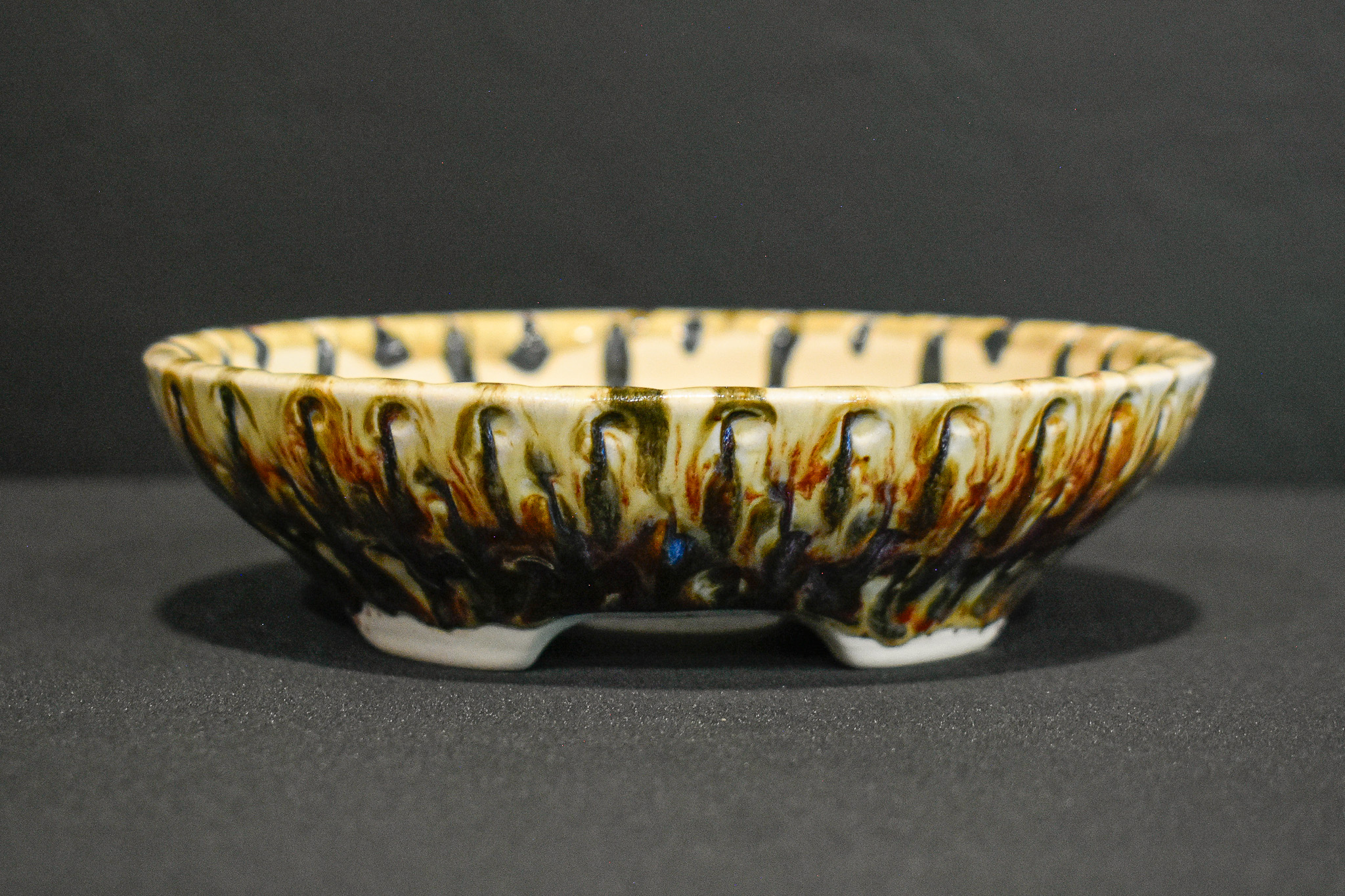
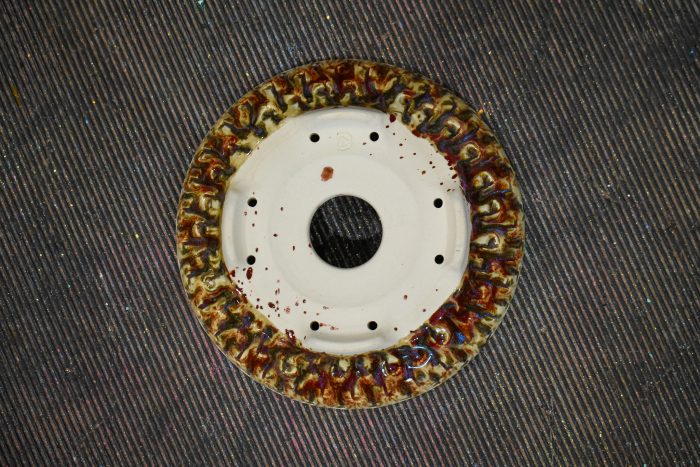
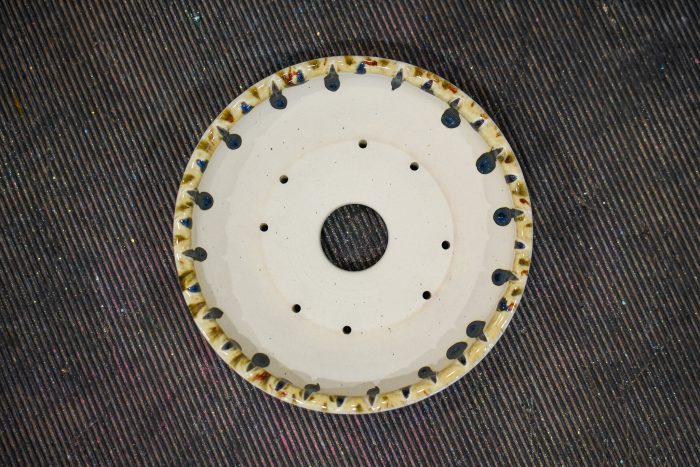
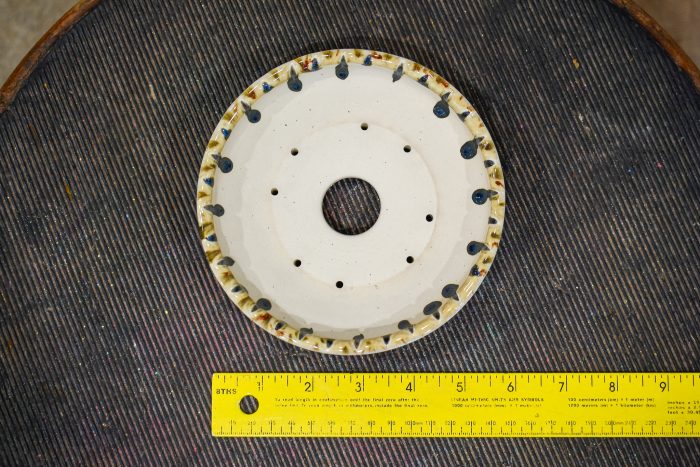
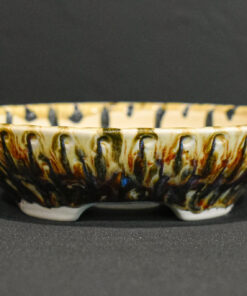
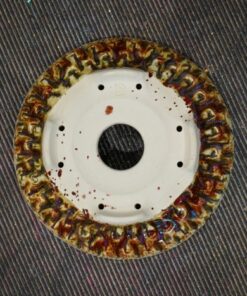
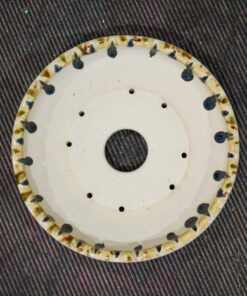
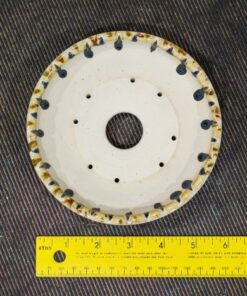
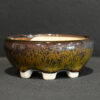
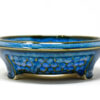
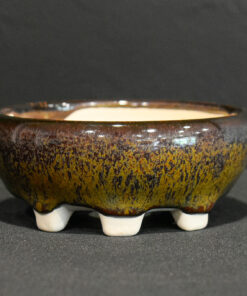
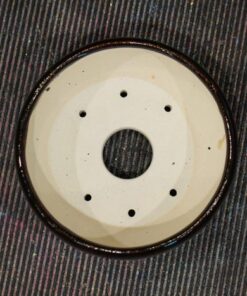
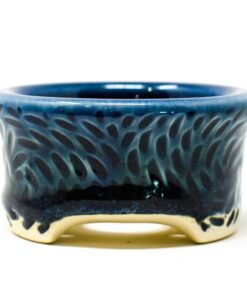
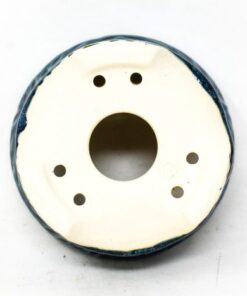
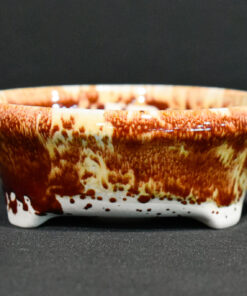
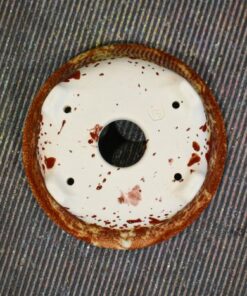
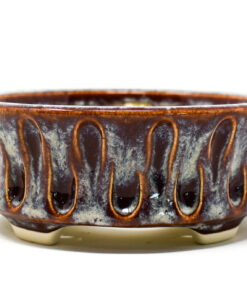
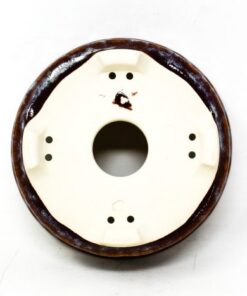

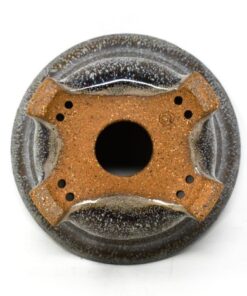
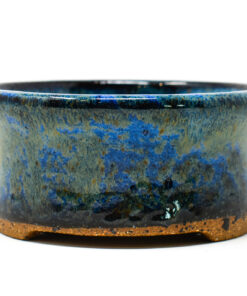
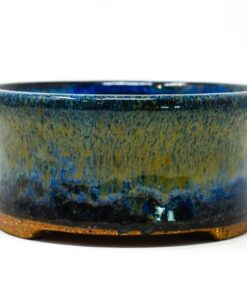
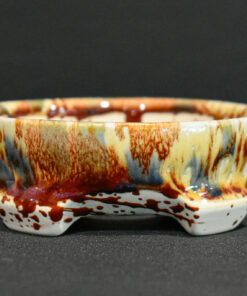
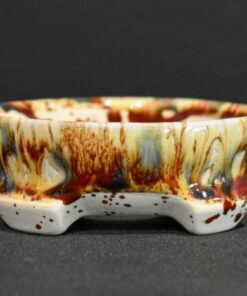
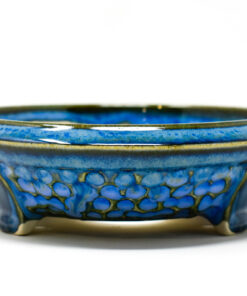
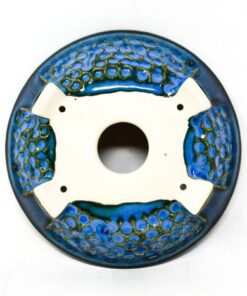
Reviews
There are no reviews yet.